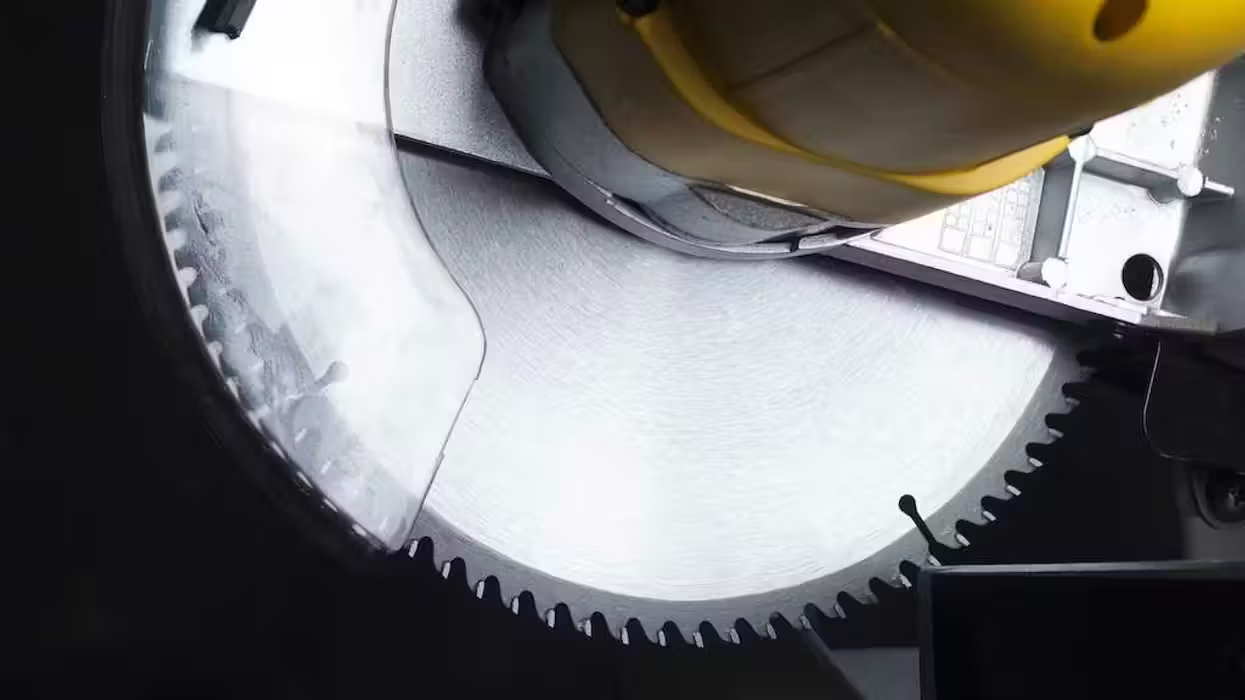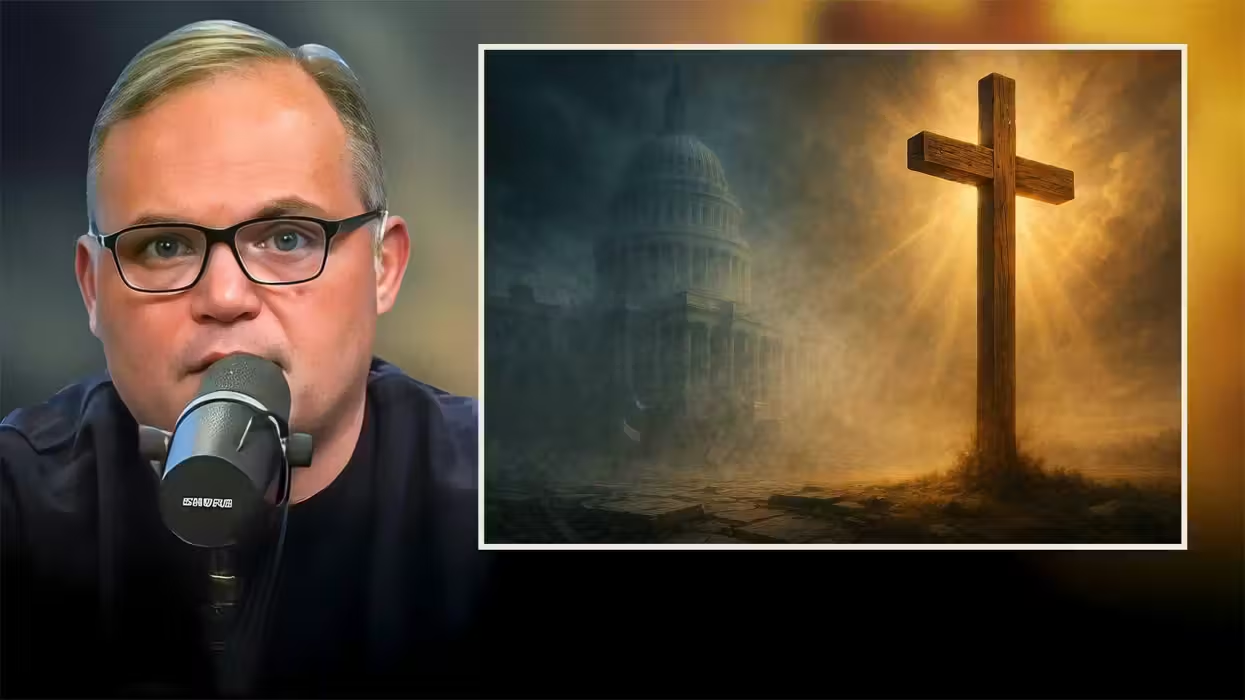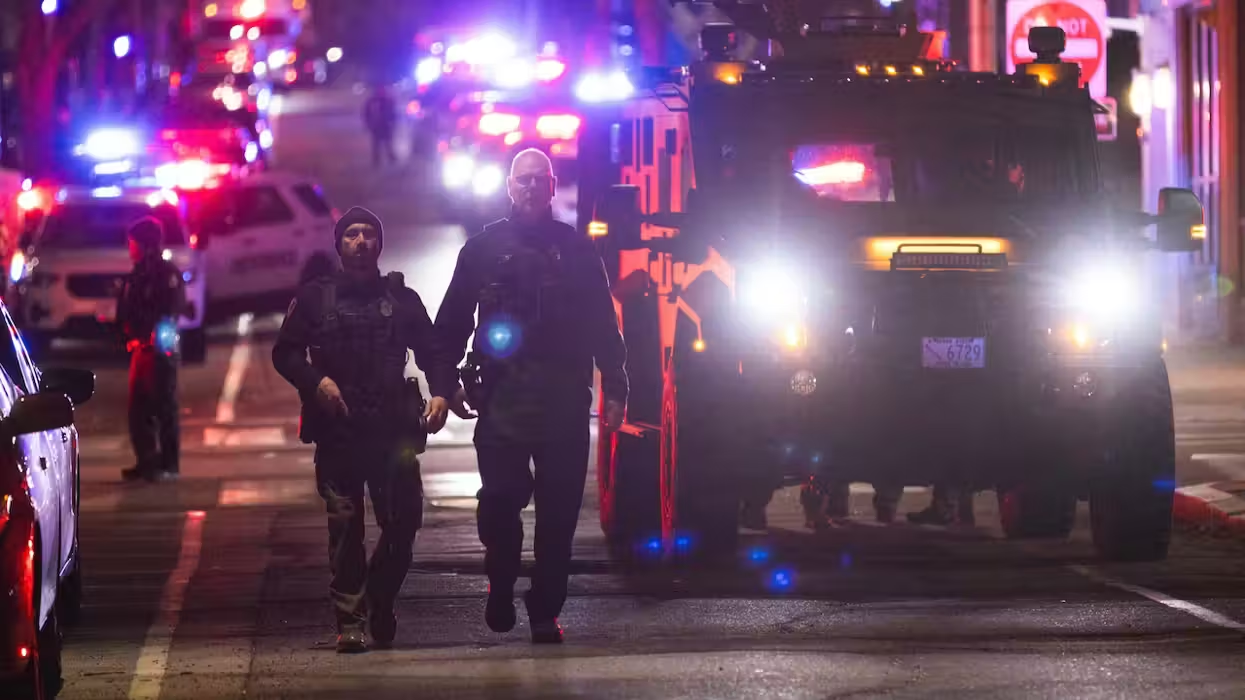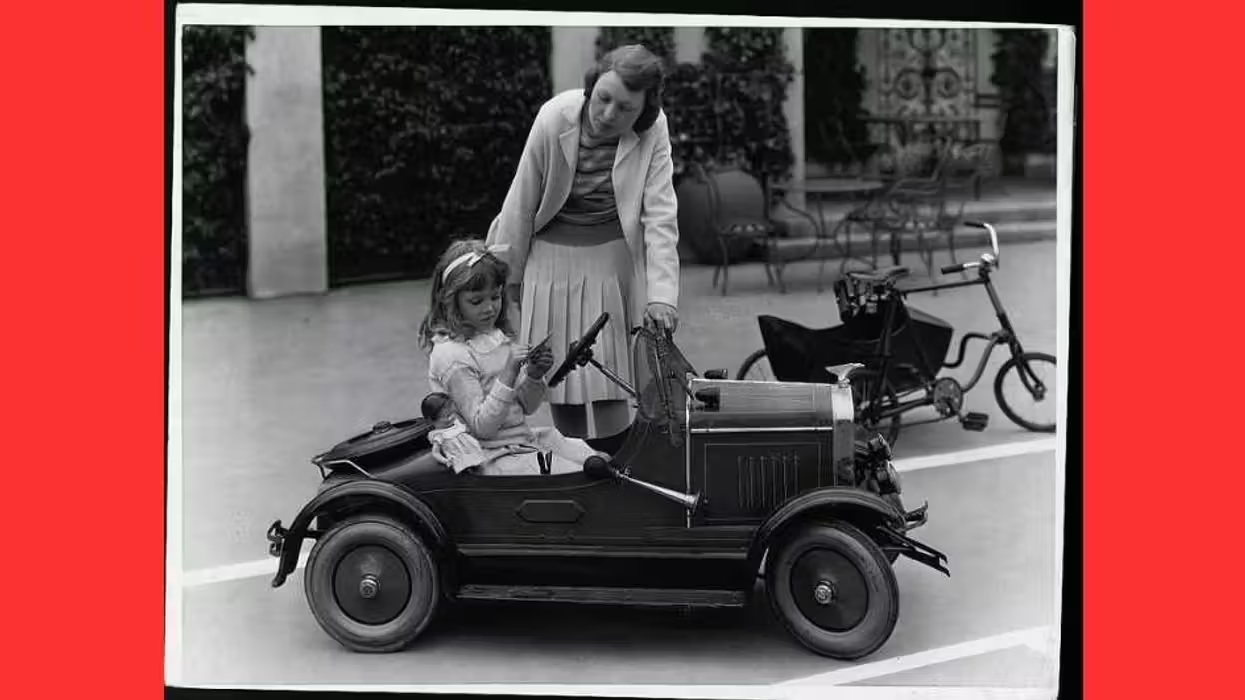If you're like most consumers, the difference between 99 cents and 97 cents is the difference between a sale and an item left on the shelf.
 Getty Images
Getty Images
But what if you could tell just by looking at the price tag that you were getting the best deal?
Well, according to a group of alert shoppers, Costco Wholesale Club has apparently created a pricing code that, when properly understood, can be used to spot the best prices on certain items.
Reuters’ Lou Carlozo explains the details: “If a price at Costco ends in .99, you're paying full price. But if it ends in, say, a .97, it represents a deal with a special price decided by the manager.”
“And if you happen to see an asterisk in the upper right corner of the sign, then the item is on its way out of the store-and probably at the lowest price you're going to see,” Carlozo said.
The asterisk is key, according to Kyle James, a California a blogger who has shopped at Costco for 20 years. He said he has studied the retailer's pricing codes and claims the shopping strategy works.
James doesn’t claim he discovered the code. Rather, he said, there have been rumors for years. He merely put the theories to the test.
“That asterisk, that's the Holy Grail," James said.
The blogger said he and his wife have saved approximately $300 in seven months by paying close attention to the code.
Richard Galanti, Costco's executive vice president and chief financial officer, said the company does indeed use a secret code to classify store items.
“It's more for efficiency, for the employees," Galanti said. "It's not any sort of secret agent stuff. But you see it on a blog and people think it's a secret. It's just a way of moving some merchandise, to help the fork lift operators and the stocking clerks."
"[W]hen a price ends in a '7,' usually it's a buyer designated markdown," he said.
He explained the asterisks: "That's what we call a pending delete. Sometimes an item's not selling well and we want to move it out, or it could be the end of the season. Let's say we've got three TV models and the latest and greatest comes out; we might want to bring the newest one in."
Of course, the theories aren’t ironclad and it’s possible that buying non-marked items may be the wiser financial investment.
Click here to read more.
—
Follow Becket Adams (@BecketAdams) on Twitter

 Getty Images
Getty Images






